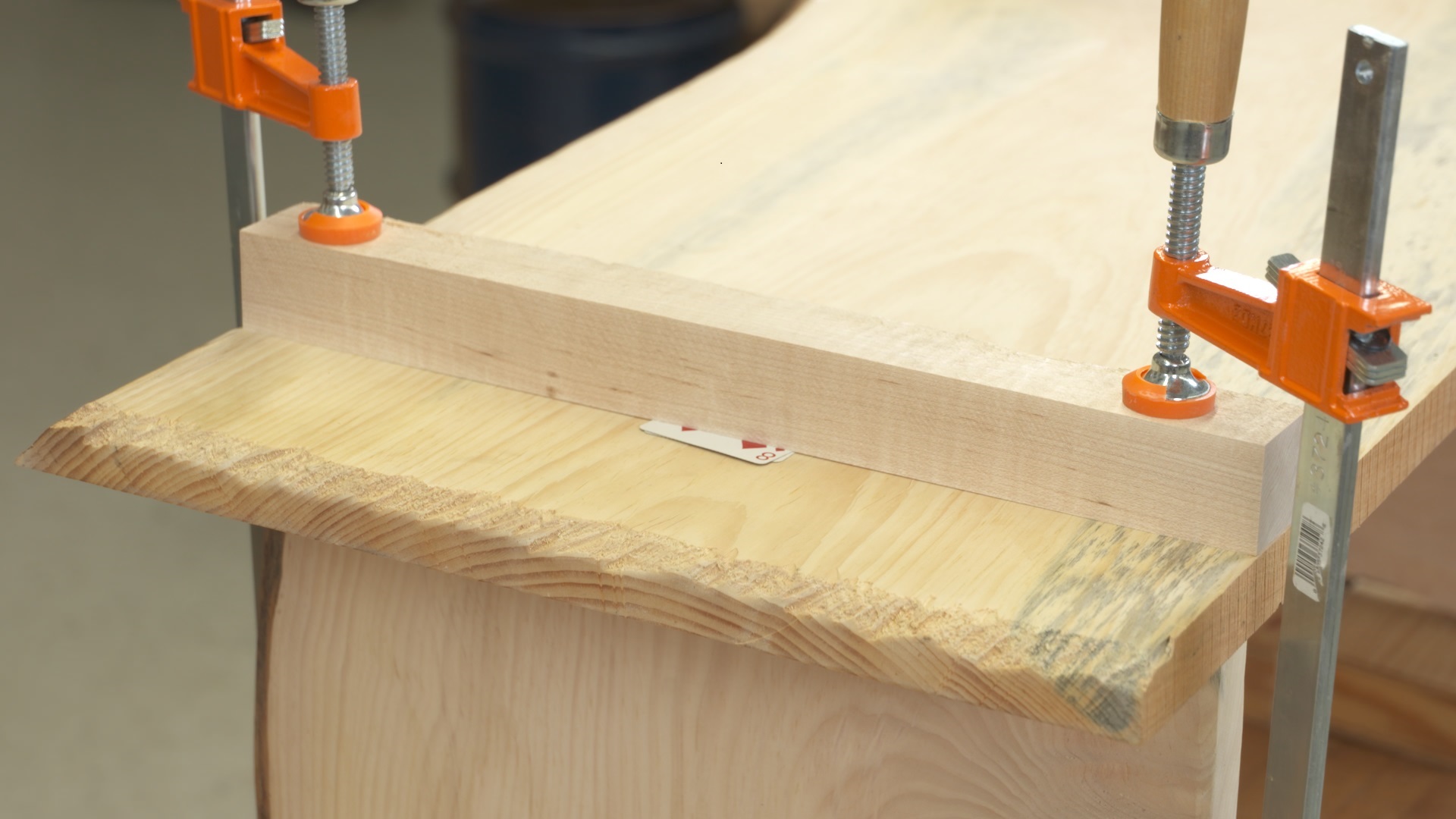

Articles
What Is A Cauls In Woodworking
Modified: December 7, 2023
Learn about the definition and uses of a caul in woodworking. Discover helpful articles on various caul types and their importance in achieving precise woodworking results.
(Many of the links in this article redirect to a specific reviewed product. Your purchase of these products through affiliate links helps to generate commission for Storables.com, at no extra cost. Learn more)
Introduction
Welcome to the fascinating world of woodworking! If you’re a woodworking enthusiast or a professional craftsman, you may have come across the term “caul” in your projects. But what exactly is a caul, and why is it an essential tool in the woodworking realm? In this article, we will explore the definition, purpose, types, materials, usage, and tips for choosing and maintaining a caul in woodworking.
Woodworking is an ancient craft that has been practiced for centuries, and it involves shaping, carving, and joining pieces of wood to create functional items or works of art. Precision and attention to detail are crucial in woodworking, and having the right tools can make all the difference in achieving a flawless finish.
A caul, in the context of woodworking, is a specialized tool used to apply even pressure to a workpiece. Its primary purpose is to prevent warping, bowing, or cupping of wood during gluing or clamping. The caul acts as a flat, solid intermediary between the workpiece and the clamps, distributing pressure evenly across the entire surface and preventing any distortion.
Whether you’re working with large panels, curved pieces, or delicate veneers, a caul can be your best companion to ensure a successful and high-quality woodworking project. Let’s dive deeper into the world of cauls and discover the various types, materials, and techniques associated with using them.
Key Takeaways:
- Cauls are essential tools in woodworking, providing even pressure during gluing and clamping to prevent warping and ensure seamless joints. With various types and materials available, choosing the right caul is crucial for professional results.
- Proper maintenance and selection of cauls are vital for successful woodworking projects. Checking for flatness, choosing the right size and material, and storing cauls properly can extend their lifespan and ensure consistent performance.
Read more: What Is Woodworking
Definition of a Caul
A caul, in the context of woodworking, is a specialized tool that is used to apply even pressure to a workpiece during gluing or clamping. It is typically a flat, solid piece of material that is placed between the workpiece and the clamps to distribute pressure evenly and prevent any distortion or warping of the wood.
The word “caul” comes from the Latin word “capulus,” which means a strap or band. In woodworking, a caul serves as a band or strap of pressure that ensures the glued joints remain tight and secure during the drying process.
Cauls come in various shapes and sizes, depending on the specific application and the type of woodworking project. They can be rectangular, curved, or custom-shaped to fit the contours of the workpiece. Some cauls have a flat surface, while others may have ridges or grooves to provide additional grip and prevent slipping.
While most cauls are made of solid materials like hardwood, there are also flexible cauls available that are made of materials like silicone or rubber. These flexible cauls are particularly useful for clamping irregular or curved surfaces, as they can conform to the shape of the workpiece more effectively.
In summary, a caul is a tool used in woodworking to apply even pressure during gluing or clamping. It prevents distortion or warping of the wood and helps ensure the integrity of the joints. With a variety of shapes, sizes, and materials available, cauls are versatile and indispensable tools in the woodworking arsenal.
Purpose of a Caul in Woodworking
The primary purpose of a caul in woodworking is to ensure that glued joints remain tight and secure during the drying process. When two or more pieces of wood are joined together with adhesive, such as glue, it is essential to apply even pressure across the entire surface to achieve a strong bond.
Without the use of a caul, certain woodworking projects can be prone to warping, bowing, or cupping during the gluing or clamping process. This is especially true when working with large panels, delicate veneers, or curved pieces of wood. Uneven pressure can result in distortions and compromise the quality and integrity of the finished product.
By using a caul, woodworkers can distribute pressure evenly over the entire surface of the workpiece. The flat, solid surface of the caul acts as a barrier between the clamps and the wood, ensuring that pressure is applied uniformly. This prevents any localized areas of excessive pressure that could lead to uneven bonding or damage to the wood.
In addition to preventing distortion, cauls also help to minimize the chances of glue squeeze-out. When excess glue seeps out of the joint during clamping, it can create unsightly and difficult-to-remove glue residue. By using a caul, the pressure applied to the joint is controlled, reducing the likelihood of excessive squeeze-out and making cleanup easier.
Another purpose of a caul is to protect the workpiece surface from clamp marks. Clamps, especially those with metal jaws, can leave indentations or impressions on the wood due to the high pressure exerted. Placing a caul between the clamps and the workpiece provides a buffer, preventing direct contact and minimizing the risk of clamp marks.
Overall, the purpose of a caul in woodworking is to ensure that glued joints remain tight and secure, prevent distortion or warping, minimize glue squeeze-out, and protect the workpiece surface from clamp marks. It is an essential tool for achieving professional and high-quality results in woodworking projects.
Types of Cauls
Cauls come in various types, each designed to cater to specific woodworking needs. Understanding the different types of cauls available can help you choose the right one for your project. Here are some common types:
- Rectangular Cauls: Rectangular cauls are the most common and versatile type. They are typically made of solid hardwood and have a flat surface. Rectangular cauls come in different sizes, allowing you to choose the appropriate length and width for your workpiece.
- Curved Cauls: Curved cauls are designed to match the contours of curved workpieces. They are often used when gluing or clamping curved furniture components, such as chair backs or armrests. These cauls ensure even pressure distribution along the curved surface, preventing any distortion or gaps in the joints.
- Custom-shaped Cauls: Custom-shaped cauls are tailored to fit specific project requirements. They are made by cutting or shaping the caul to match the unique profiles of the workpiece. Custom-shaped cauls are commonly used in intricate woodworking projects where standard cauls may not provide adequate pressure distribution.
- Flexible Cauls: Flexible cauls are made of materials like silicone or rubber, allowing them to bend and conform to irregular or curved surfaces. They are particularly useful when clamping irregular shapes or delicate veneers. The flexibility of these cauls ensures consistent pressure across the entire surface, resulting in strong and uniform bonding.
- Grooved Cauls: Grooved cauls have ridges or grooves carved into their surface. These ridges improve the grip between the caul and the workpiece, reducing the chances of slippage during clamping. Grooved cauls are commonly used for projects where a secure and stable grip is necessary, such as when gluing boards with uneven surfaces.
It is important to select the right type of caul based on the specific woodworking project at hand. The type of wood, the shape of the workpiece, and the desired outcome will all influence the choice of caul. Experimenting with different types of cauls can help you determine which ones work best for your woodworking needs.
When working with a caulk in woodworking, make sure to use a sharp chisel to carefully remove any excess material and create a smooth, flush surface. Sand the area lightly to blend the caulk with the surrounding wood for a seamless finish.
Materials Used for Cauls
Cauls can be made from a variety of materials, each offering different benefits and characteristics. The choice of material often depends on the specific application and the desired outcome. Here are some common materials used for making cauls:
- Hardwood: Hardwood is a popular choice for making solid cauls. Woods like maple, oak, and beech are known for their durability and stability, making them ideal for cauls. Solid hardwood cauls provide a flat and rigid surface, ensuring even pressure distribution during clamping.
- MDF: Medium-density fiberboard (MDF) is an engineered wood product made from wood fibers and resin. It is a cost-effective option for making cauls because it is readily available and offers consistent density and stability. MDF cauls are relatively flat and provide good pressure distribution.
- Aluminum: Aluminum cauls are lightweight yet rigid, making them suitable for projects where weight is a concern. They are often used for clamping large panels or when a high level of pressure is required. Aluminum cauls can be extruded or machined to have a flat and smooth surface.
- Silicone/Rubber: Flexible cauls made from silicone or rubber materials are ideal for clamping irregular or curved surfaces. They can conform to the shape of the workpiece, providing consistent pressure distribution. Silicone cauls also have the advantage of being non-stick, making glue cleanup much easier.
- Plastic/Acrylic: Plastic or acrylic cauls are lightweight and easy to work with. They can be cut or molded into the desired shape, making them suitable for custom-shaped cauls. Plastic cauls may have a slightly lower pressure distribution compared to hardwood or metal cauls, but they are still effective for many woodworking projects.
When selecting a material for your caul, consider factors such as durability, stability, weight, flexibility, and ease of use. It is important to choose a material that provides a flat surface and allows for even pressure distribution during clamping. Additionally, ensure that the material is resistant to glue and moisture, as woodworking projects often involve the use of adhesives and exposure to various environments.
Experimenting with different materials will help you find the cauls that work best for your specific woodworking applications. Remember to consider the specific project requirements and select the material that will yield the desired results.
Read more: What Is A Planer In Woodworking
How to Use a Caul in Woodworking
Using a caul in woodworking is a straightforward process and can greatly enhance the quality of your projects. Here is a step-by-step guide on how to use a caul:
- Prepare the workpieces: Ensure that the surfaces of the wood pieces to be joined are clean, flat, and free of any debris or imperfections. This will ensure a strong and seamless bond.
- Apply adhesive: Apply an appropriate woodworking adhesive, such as wood glue, to the surfaces you intend to join. Follow the manufacturer’s instructions regarding the amount and method of the adhesive application.
- Position the caul: Place the caul on top of the glued surfaces, ensuring it covers the entire area to be clamped. The caul should fit snugly and be aligned with the edges of the workpiece. If using a curved or custom-shaped caul, make sure it conforms to the contours of the workpiece.
- Position the clamps: Position the clamps on either side of the caul, ensuring that they are evenly spaced and placed near the edges of the workpiece. The clamps should be positioned to exert equal pressure on the caul and workpiece.
- Tighten the clamps: Gradually tighten the clamps, applying uniform pressure to the caul and workpiece. Ensure that the pressure is evenly distributed across the entire surface. Avoid over-tightening the clamps, as this can lead to distortion or damage to the wood.
- Allow time for drying: Follow the recommended drying time for the adhesive being used. This can vary depending on the type and brand of glue. It is crucial to allow sufficient drying time for a strong and durable bond.
- Remove the clamps and caul: Once the adhesive has dried, carefully remove the clamps and caul from the workpiece. Take note of any excess glue squeeze-out and clean it up using appropriate methods, such as scraping or sanding.
By following these steps, you can effectively use a caul in woodworking to ensure even pressure distribution and prevent any warping or distortion of your workpiece. Remember to always follow safety guidelines and use clamps and cauls that are appropriate for the size and shape of your project.
Tips for Choosing and Maintaining a Caul
Choosing the right caul for your woodworking projects and maintaining it properly can extend its lifespan and ensure optimal performance. Here are some useful tips for selecting and caring for your cauls:
- Select the appropriate size and shape: Consider the size and shape of your workpiece when choosing a caul. Ensure that the caul is long and wide enough to cover the area to be clamped. Additionally, if you often work with curved or irregular surfaces, invest in cauls with shapes that match those contours.
- Consider the materials: Different materials have varying characteristics and benefits. Solid hardwood cauls are durable and provide a flat surface, while silicone and rubber cauls offer flexibility for clamping irregular or curved surfaces. Choose the material that best suits your project and personal preferences.
- Check for flatness: Before using a caul, inspect its surface for flatness. A warped or uneven caul can compromise the effectiveness of pressure distribution. Use a straightedge or check for any visible gaps. If necessary, flatten the caul or consider purchasing a new one.
- Keep cauls clean and free of debris: Regularly clean your cauls to remove any glue residue or debris. Glue buildup can affect the flatness of the caul and reduce its effectiveness. Use a scraper or sandpaper to remove any excess glue, and wipe the caul with a damp cloth to ensure it is clean before each use.
- Store cauls properly: Store your cauls in a dry and clean environment to prevent warping, mold, or deterioration. Consider hanging them on a wall or storing them flat on a shelf to maintain their flatness. Avoid placing heavy objects on top of cauls, as this can deform their surfaces.
- Inspect for damage: Regularly inspect your cauls for any signs of wear or damage. Check for cracks, splintering, or any deterioration that may affect their performance. Replace any cauls that are no longer in good condition to ensure consistent and reliable results in your woodworking projects.
By following these tips, you can choose the right cauls for your woodworking needs and maintain them in optimal condition. By keeping your cauls clean, flat, and properly stored, you can rely on them for even pressure distribution and successful woodworking projects for years to come.
Conclusion
A caul is an indispensable tool in the world of woodworking, serving as a crucial element in ensuring precise and secure joints. With its ability to distribute even pressure during gluing and clamping, cauls help prevent warping, distortion, and other issues that can compromise the quality of your woodworking projects.
Throughout this article, we’ve explored the definition, purpose, types, materials, usage, and tips for choosing and maintaining a caul in woodworking. By understanding the various types of cauls available, you can select the one that best suits your specific project needs. Consider factors such as size, shape, and material to ensure effective and efficient clamping.
Additionally, proper maintenance of your cauls is essential for their longevity and performance. Regularly cleaning them, checking for flatness, and storing them properly will help you get the most out of your cauls and ensure consistent results in your woodworking endeavors.
Whether you’re a seasoned woodworking professional or a hobbyist just starting out, incorporating cauls into your projects can greatly enhance the quality and durability of your finished pieces. The even pressure distribution provided by a well-chosen caul will result in strong and seamless joints that stand the test of time.
So, whether you’re working on large panels, delicate veneers, or curved pieces, don’t forget to grab your trusty caul. With its assistance, you’ll be able to achieve professional and high-quality results in your woodworking projects.
Frequently Asked Questions about What Is A Cauls In Woodworking
Was this page helpful?
At Storables.com, we guarantee accurate and reliable information. Our content, validated by Expert Board Contributors, is crafted following stringent Editorial Policies. We're committed to providing you with well-researched, expert-backed insights for all your informational needs.

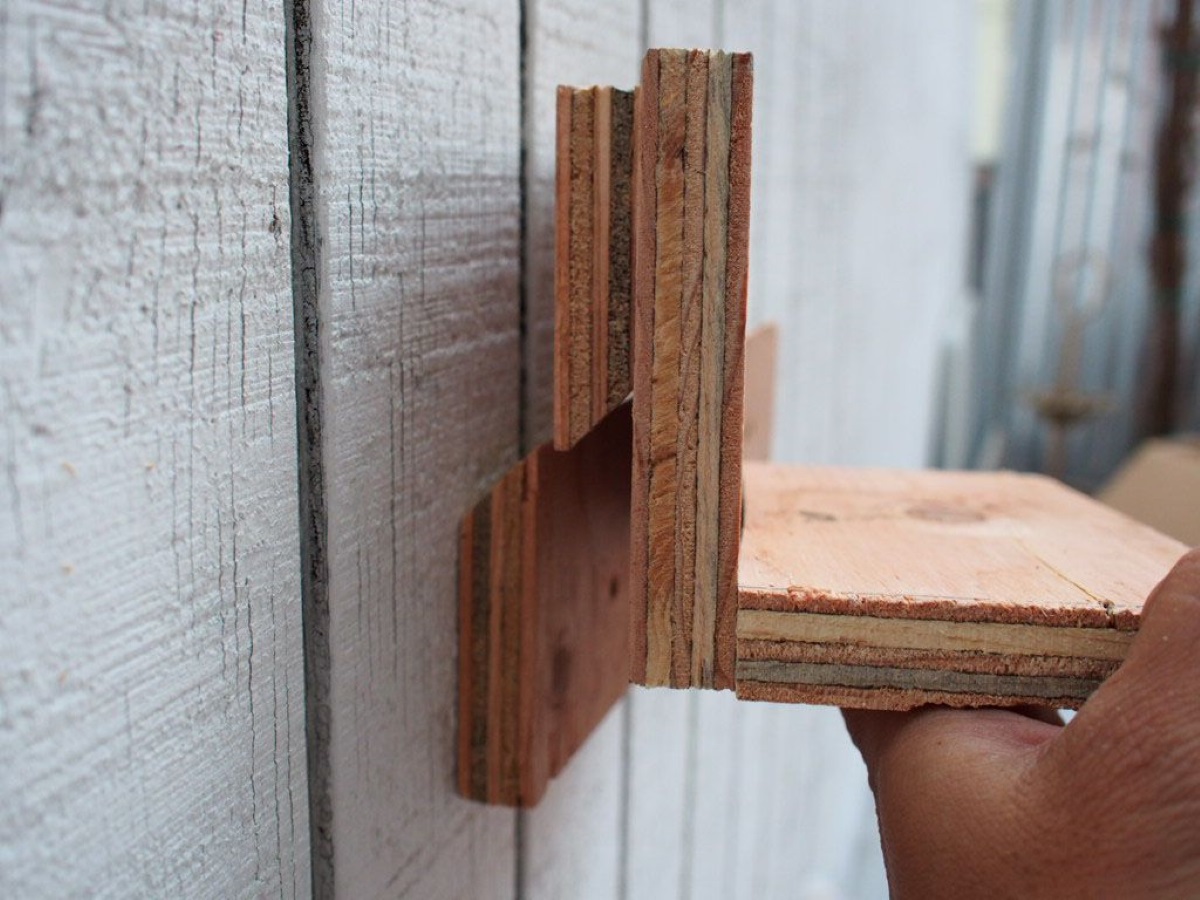
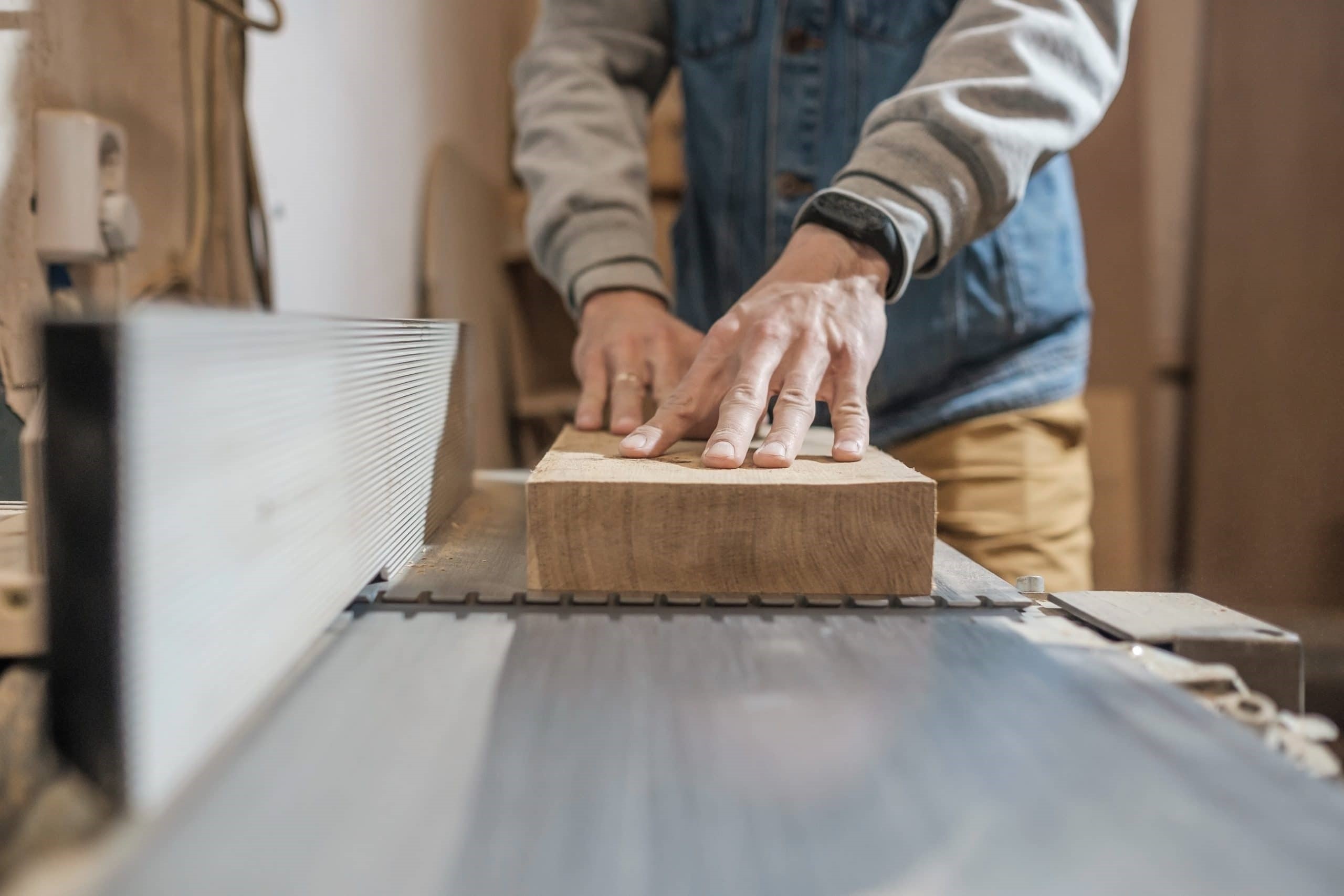
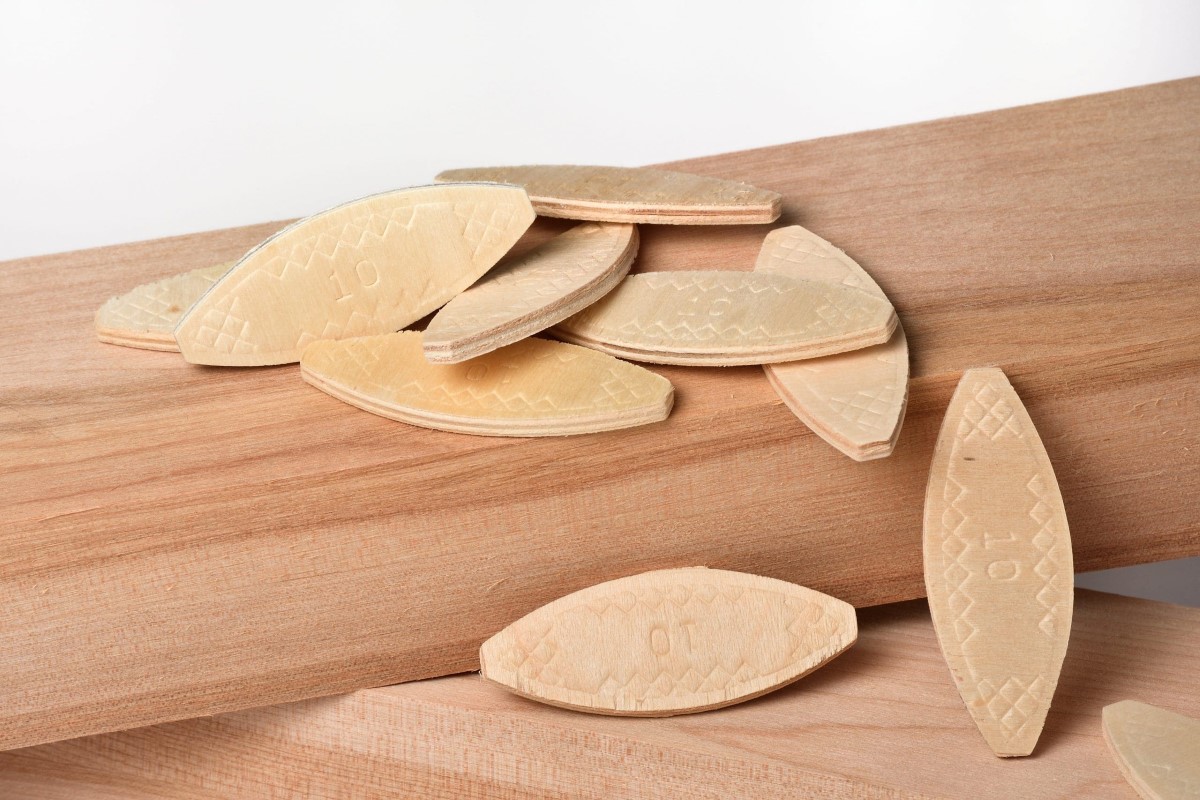
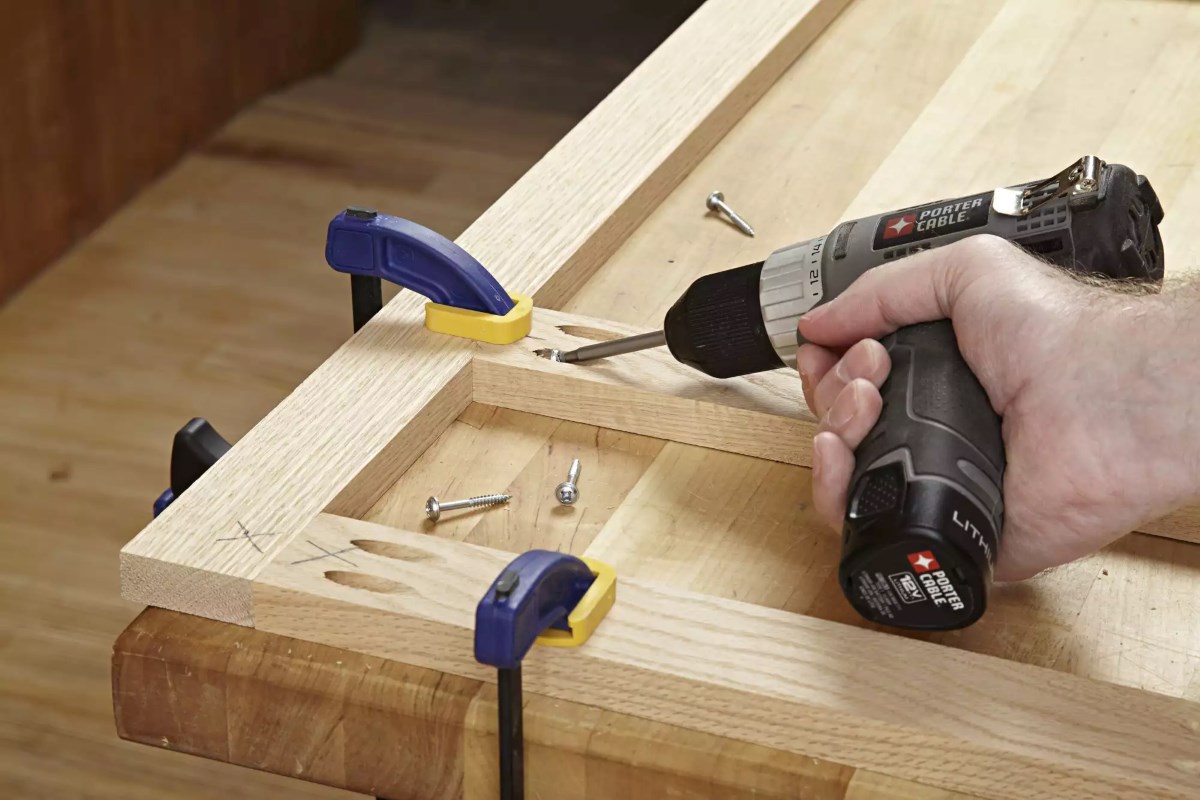
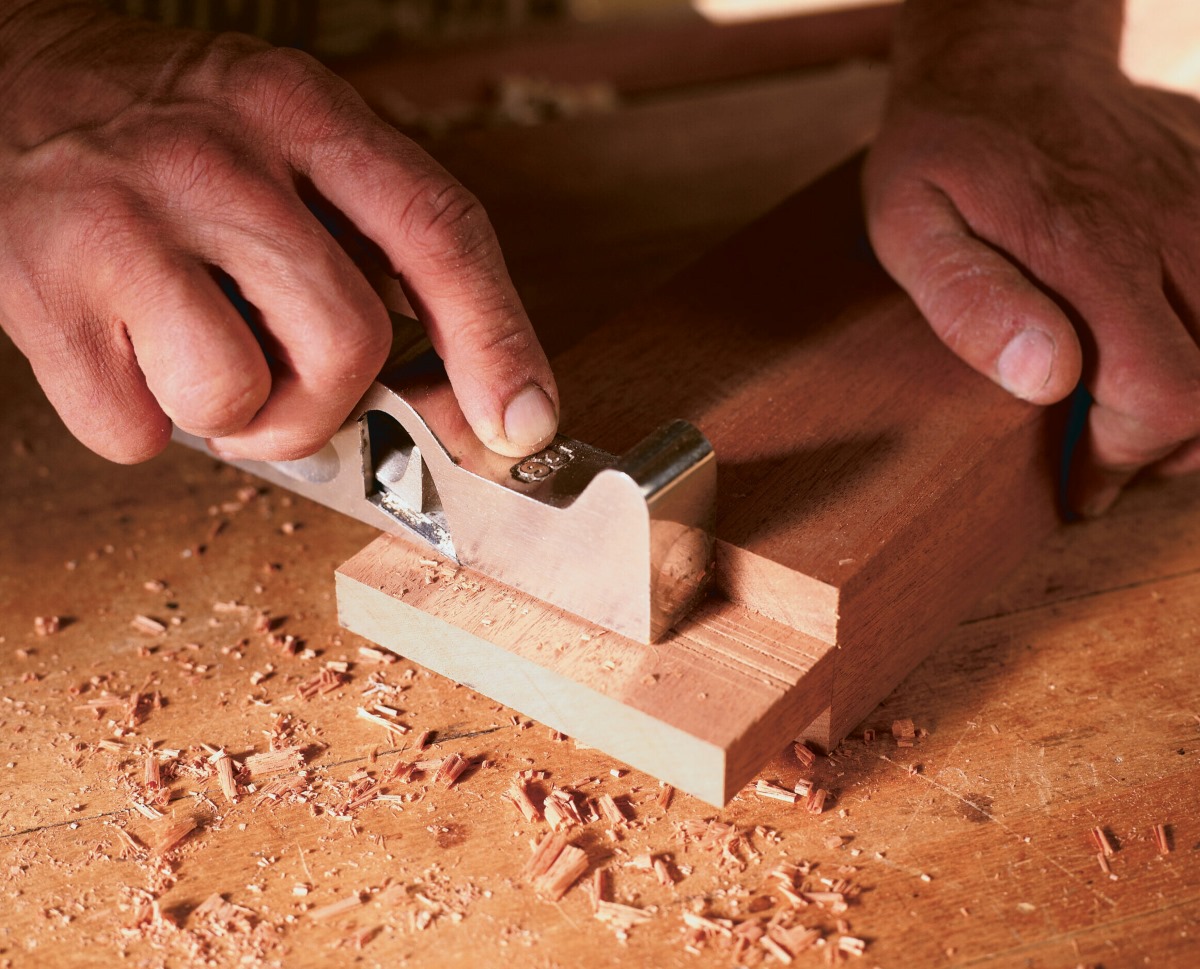
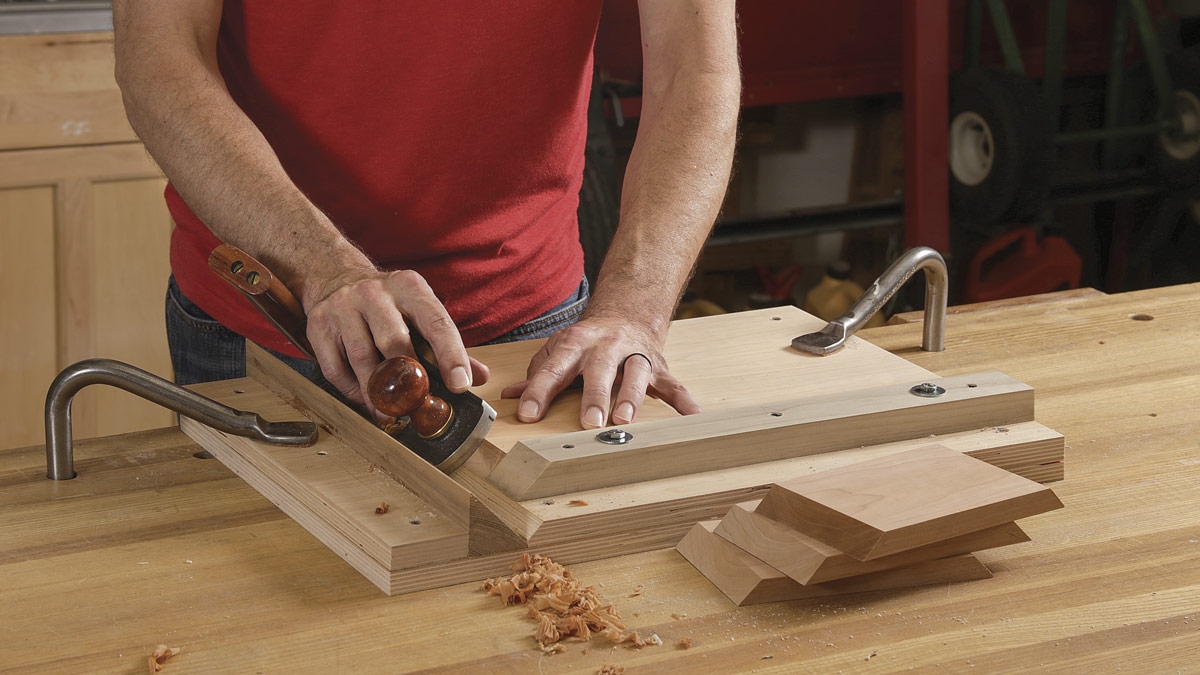
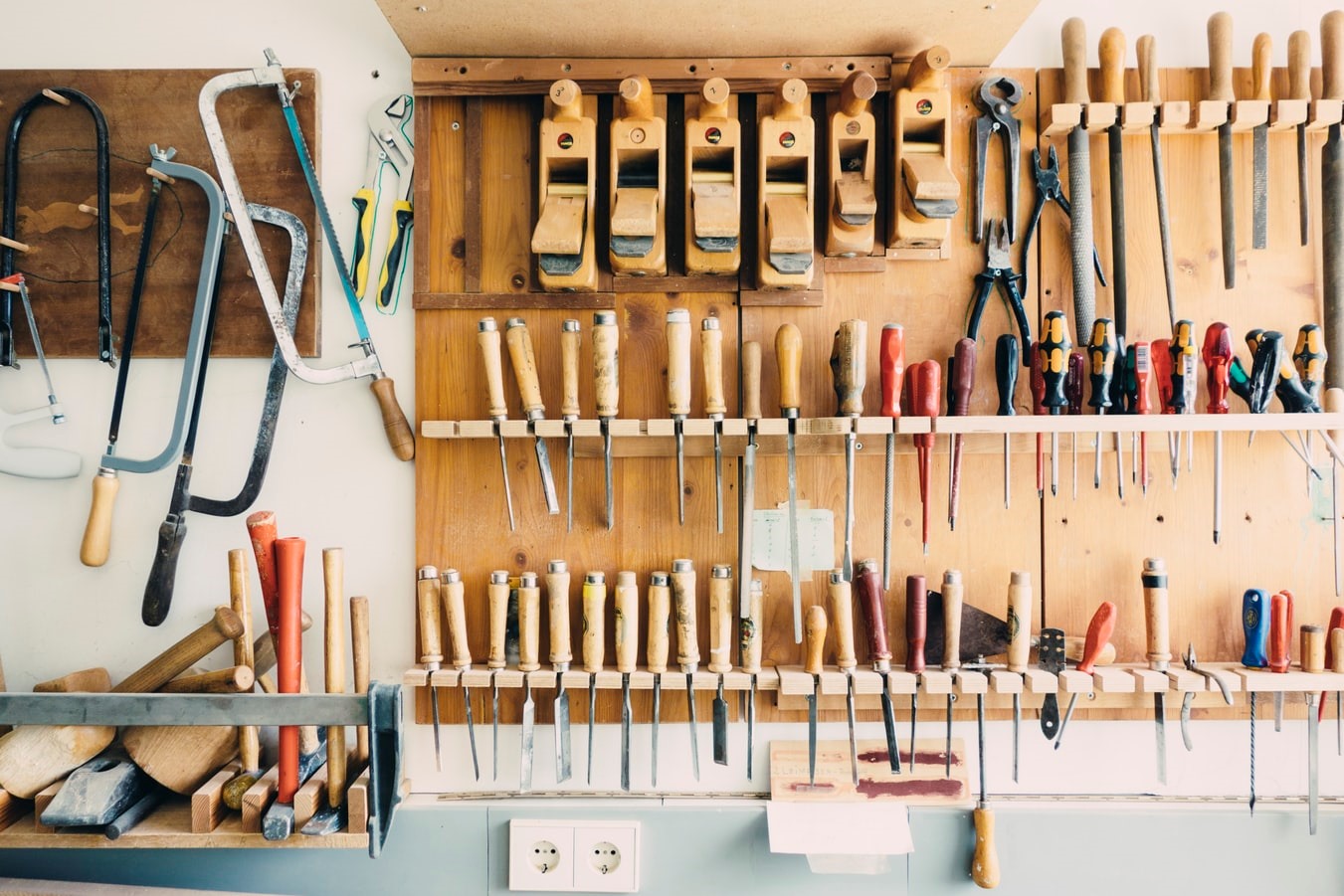

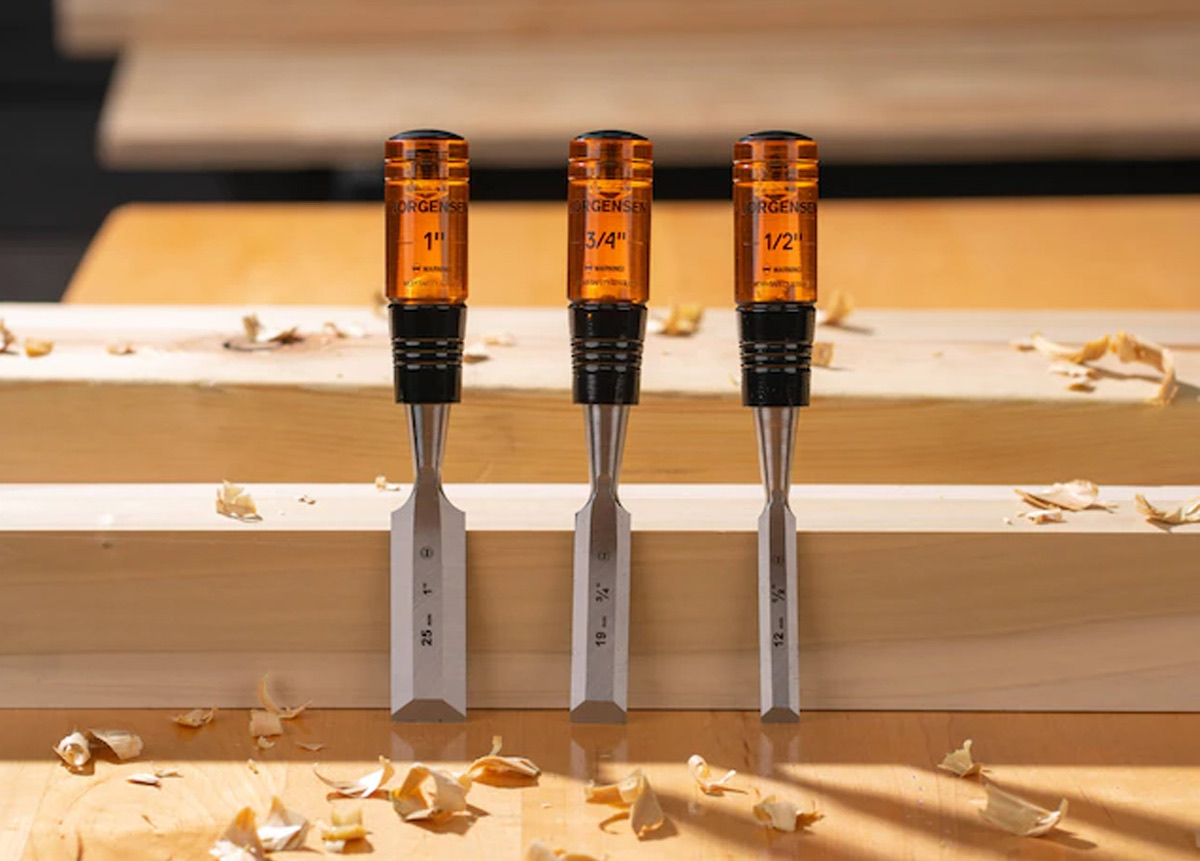
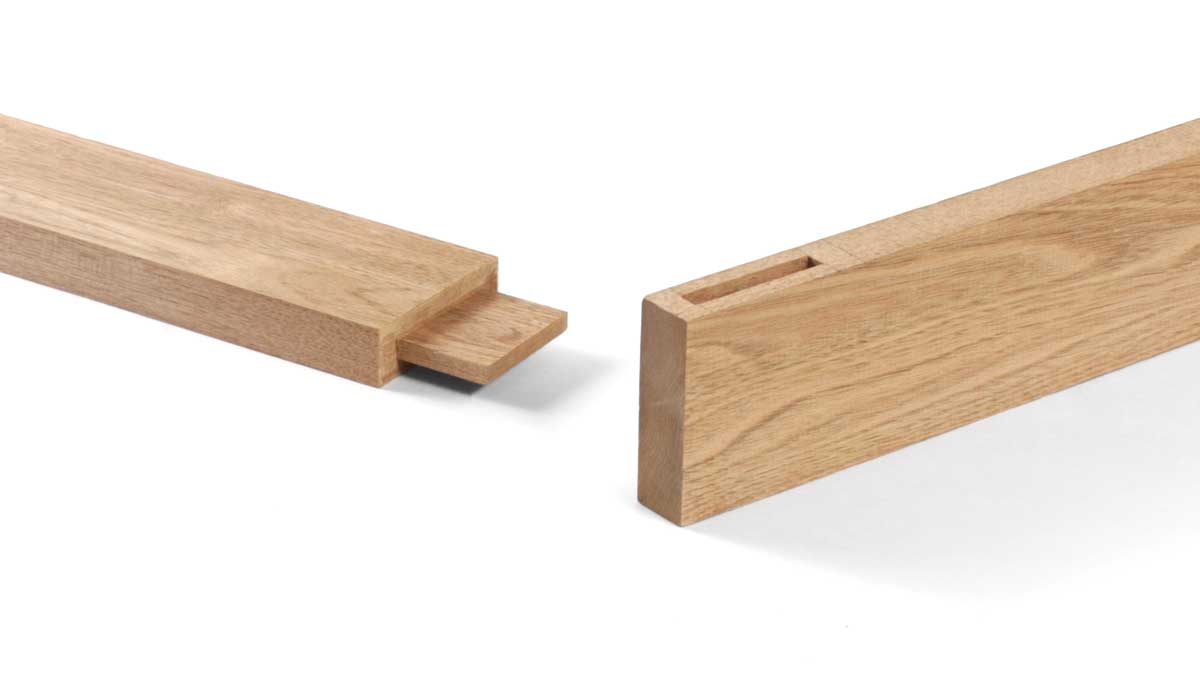
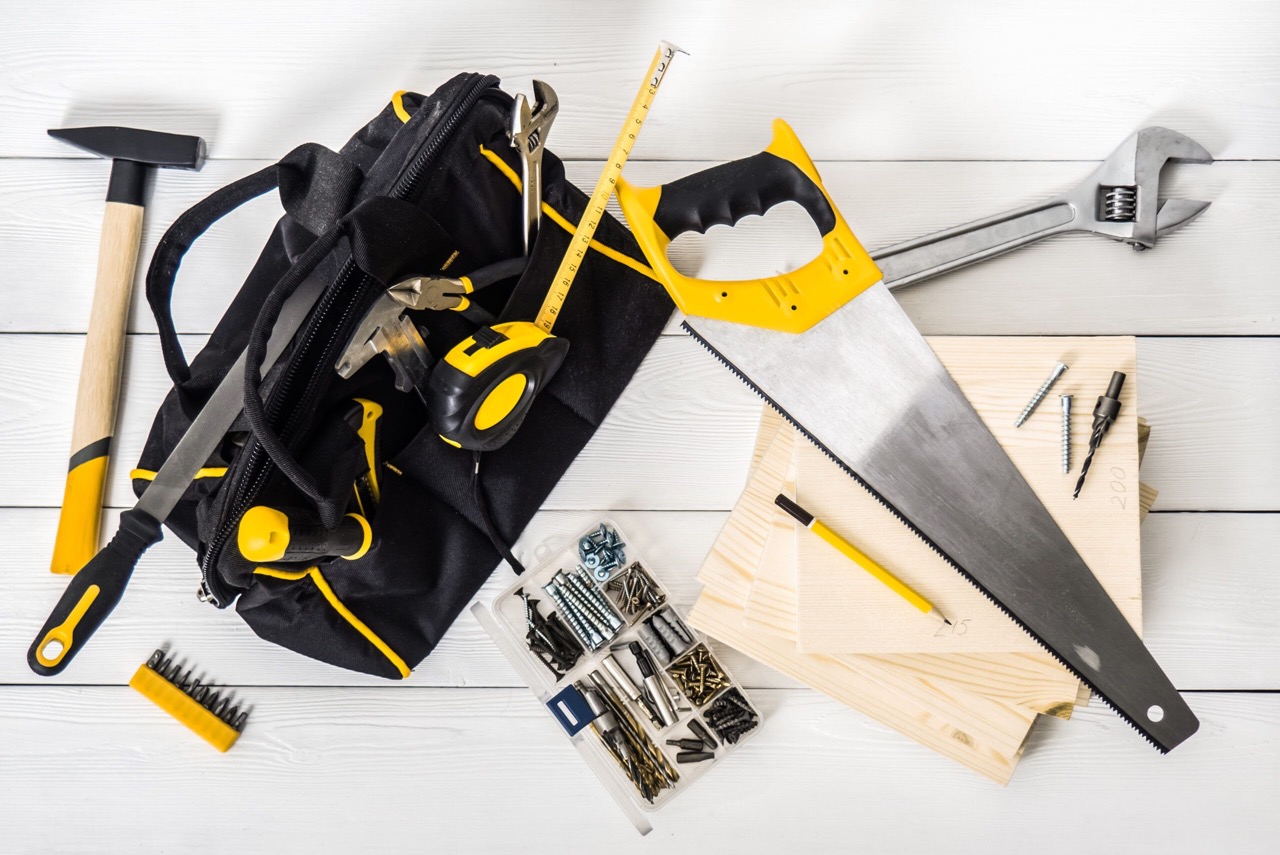
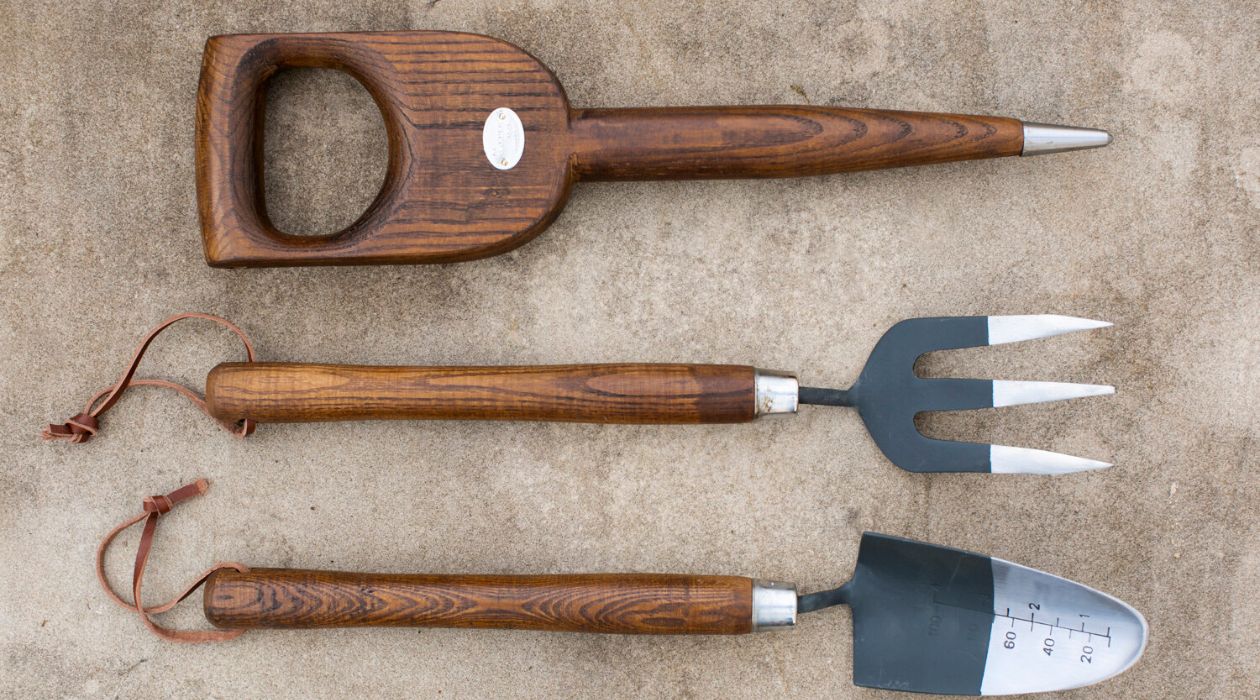
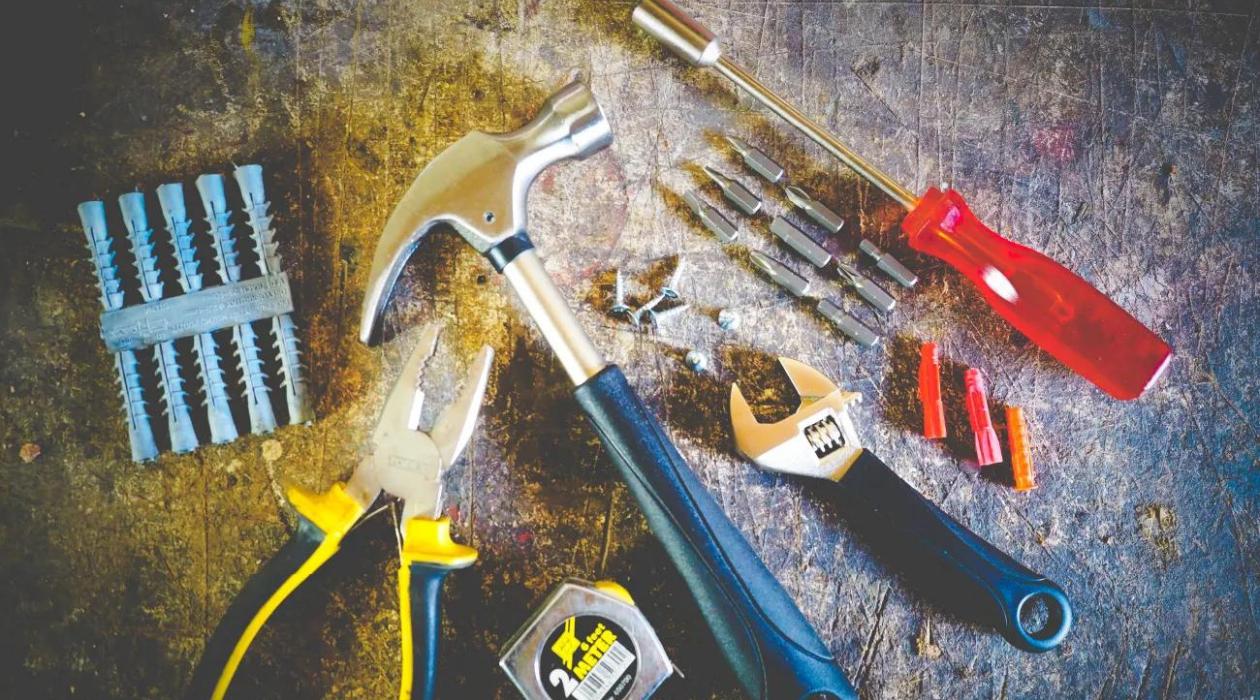

0 thoughts on “What Is A Cauls In Woodworking”